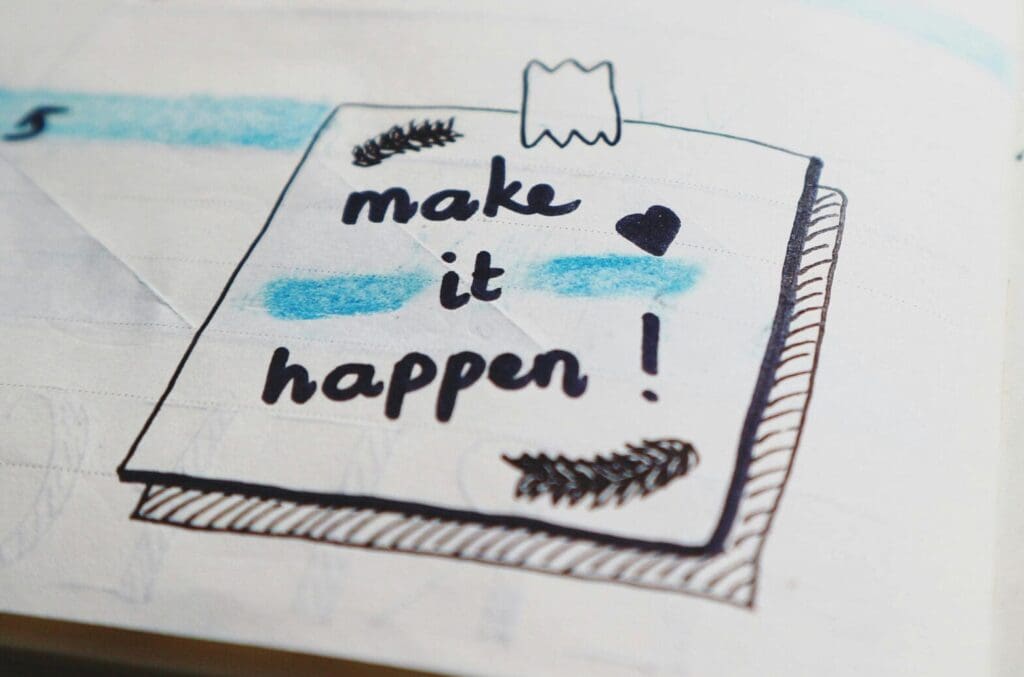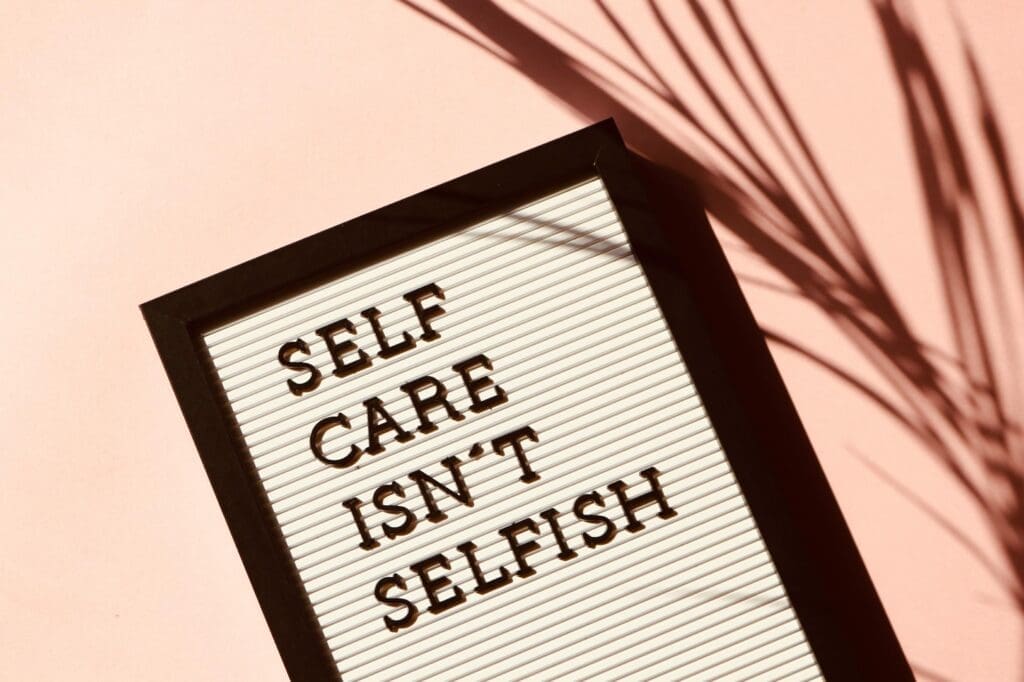Relationship safety is vital to our survival, and when we don’t have it, we feel abandoned and left traumatized. Our brain and protective flight-fight-freeze defense system is a fine-tuned machine. Our nervous system helps protect us by triggering the brain to recognize unsafe relationships quickly. Usually, this happens subconsciously, driving our survival instinct. With trauma, our finely tuned brain and body warning system become hyper-tuned, known as hypervigilance. Unfortunately, this system cannot differentiate between conflict, emergency situations, or dangerously volatile situations. Hypervigilance causes over-awareness, and we react regardless of being in danger or not. This is a double-edged sword: we need this system to be responsive to keep us safe, yet an overreactive system solidifies our traumas even more. Having past traumatic relationship experiences doesn’t mean that you are doomed to have difficult relationships forever – trauma is not a dating death sentence.
It’s often difficult to recognize that your beliefs, behaviors, and responses are due to unresolved relational trauma. If you are responding to trauma triggers in your new safe relationship, we can help! Try STOP&GO:
S: SLOW down and visualize a red stop sign while telling yourself, “STOP!”
T: TAKE A BREAK; 3-5 belly breathes (4 counts in and 4 counts out) while rolling your shoulders back between each breath. Sometimes people tell themselves “BREATHE” in-between each breath. Take a break from the conflict and ask for a 30-60 minute timeout. Remember to check back in with your partner. Don’t just leave them high and dry – ask to take a timeout and then return to the conversation.
O: OBSERVE your triggers – what’s making you react defensively; and, why do you think you’re reacting.
P: PRACTICE – practice makes – well not perfect but – proficient! Remember to practice this skill repeatedly, so you understand the PROCESS between your triggers, emotional response, and working towards a more POSITIVE response.
&: AND LIST what triggers you continue to notice. You don’t have to write a diary/journal entry; rather, you can keep a bullet point list on your phone… just remember to passcode protect your private thoughts.
G: GREEN LIGHT visualization – think of a signal light. GROWTH is the name of the game – by working these steps and continuing to practice, you’ll become an effective relationship communication Jedi master and find that you avoid conflict more successfully.
O: OWN your behavior without gaslighting others. This is key for growing beyond previous traumas. When we own our behaviors (good or bad), we begin to regain our power and sense of self as well as control. You can begin to recognize your behaviors and triggers and learn how to calm your nervous system while reconstructing new beliefs. This process can get you closer to your relationship goals in addition to working on growing past your trauma. The goal is never to diminish what you’ve experienced: trauma, all trauma, is real and needs acknowledgment… what’s traumatic for me may not be traumatic for you (visa vie). Accepting that it happened is the first step in taking back your control and move forward. You may want to connect with a therapist and skill-based therapy to help with this process because although acceptance seems like it should be easy, it’s not! With help, what seems too overwhelming can become manageable. We think you can do it!
By: Joelle Rabow Maletis, and Andrea Shipman
©Joelle Rabow Maletis MA.ED., MA. LMFT, 2021. The materials in this blog may be freely copied and distributed so long as our copyright notice and Website address is included.




